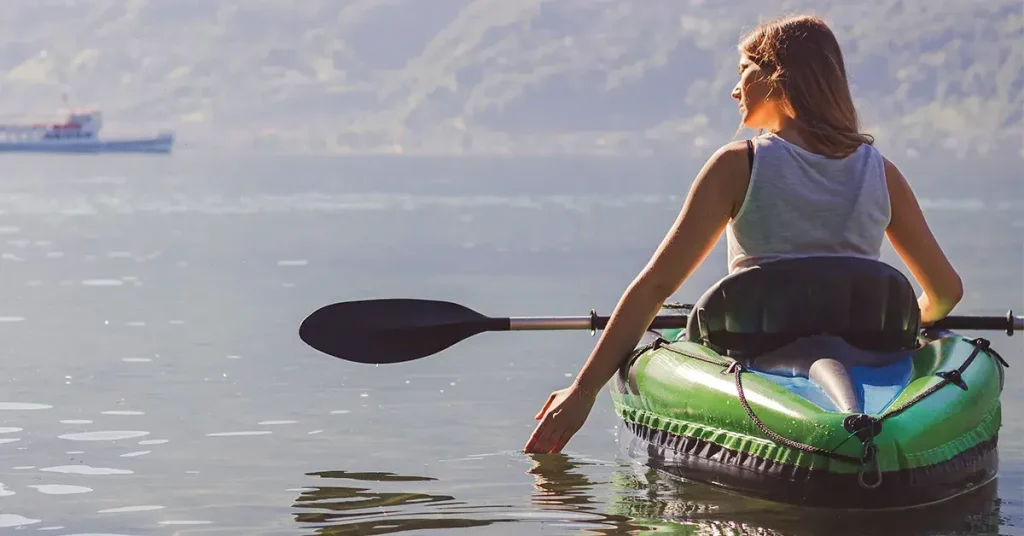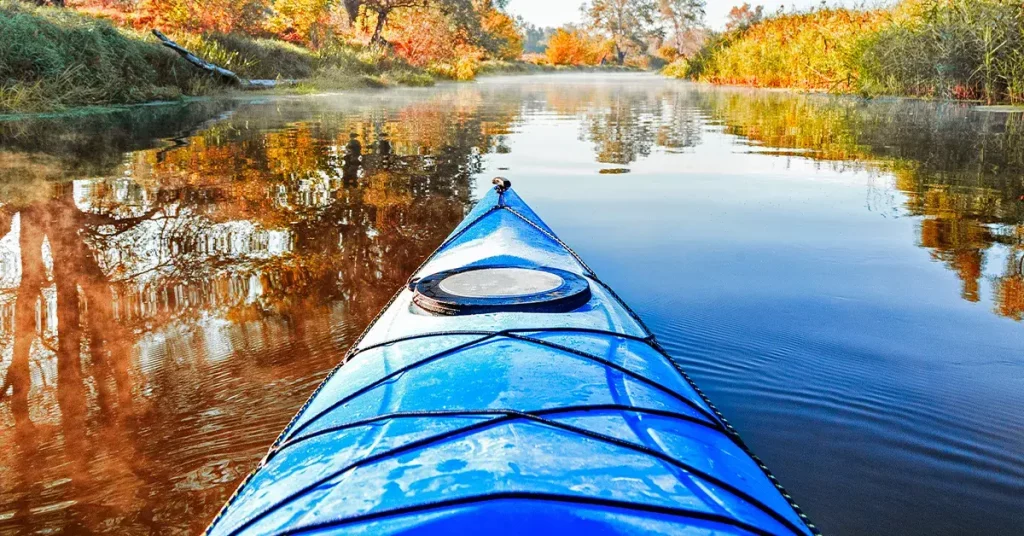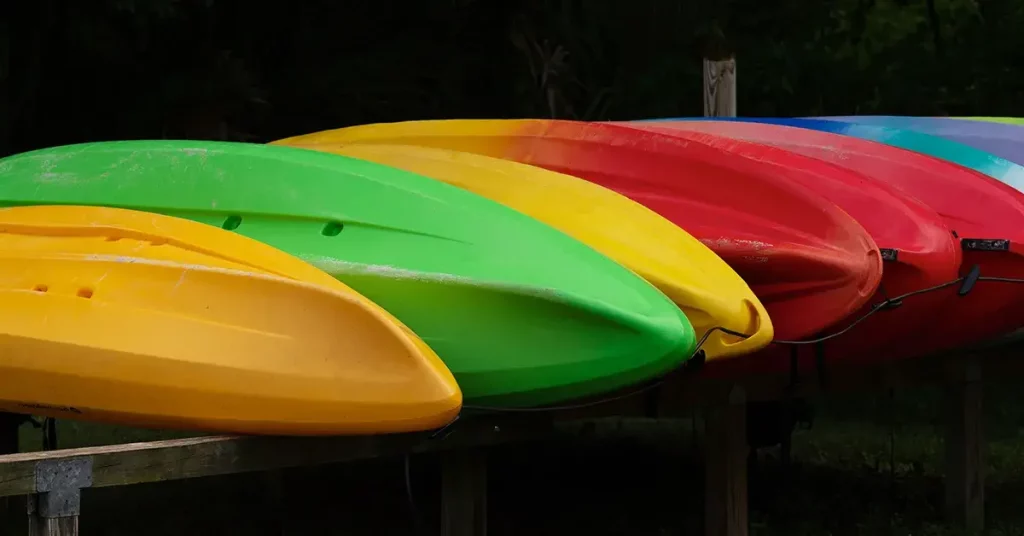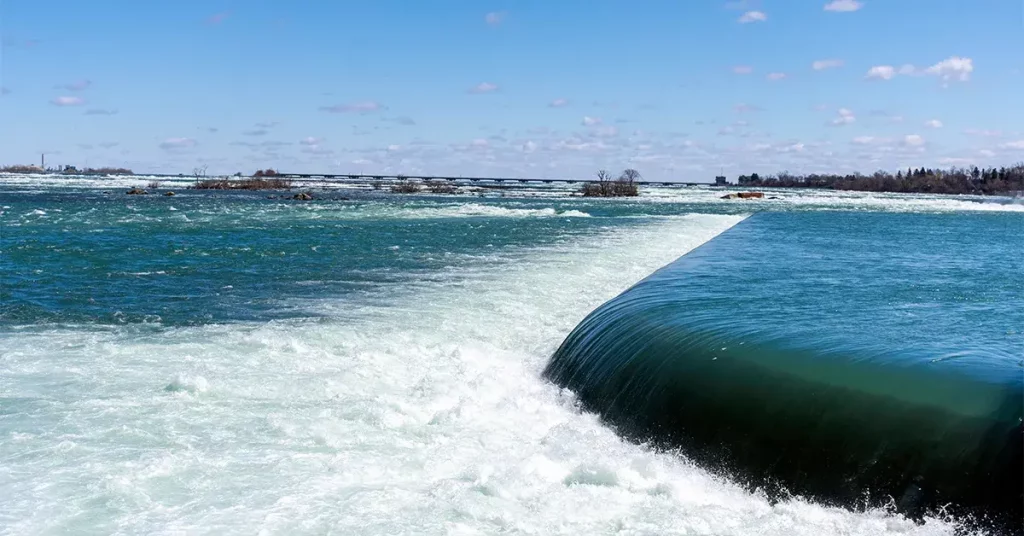While inflatable kayaks can be absolute game-changers for people with limited space for a full-sized boat – many first-time buyers hesitate when considering an inflatable kayak. Are they any good? How long will they last for? Are they durable enough for use around sharp objects, or will they pop like my blow-up pool flamingo?!
These are all good questions. Luckily, inflatable kayak manufacturers have advanced by leaps and bounds in the past few decades. Many modern inflatable kayaks are rock-solid and can be used around rocks, rapids, and even sharp fishing gear without worry.
Let’s take a look at inflatable kayak benefits, materials, construction, and manufacturers in more detail – so you’ll be able to pick the right inflatable yak for your particular needs.
Inflatable Kayak Benefits
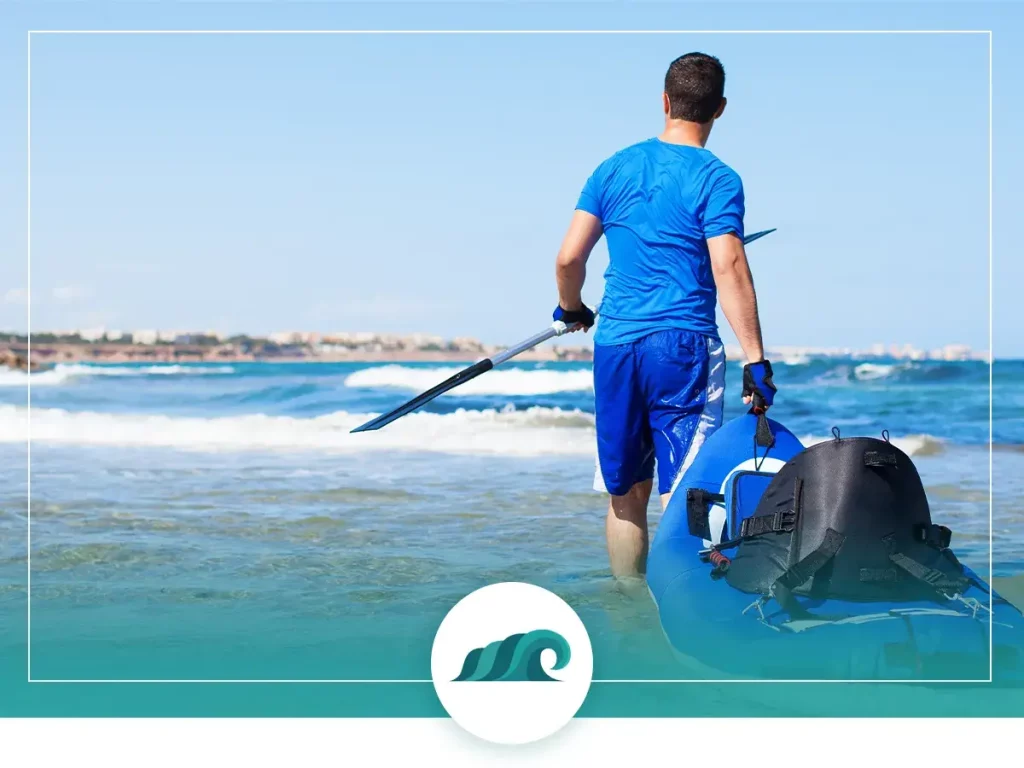
Inflatable kayaks offer a number of benefits over their hard-shelled counterparts. Let’s take a look at some of these in more detail.
Portability
First and foremost, inflatable kayaks are highly portable. If you’re looking for a craft with similar function to a hard-shelled kayak, that packs down to the size of a backpack – inflatables are pretty much your only option.
If you live in an apartment or don’t have the shed/garage space for a full-sized kayak, inflatables give you the ability to store your kayak in a closet, under a bed, or nearly anywhere. Transporting your craft to the water is also much easier. As you won’t need a roof rack, trailer, or kayak lock, just sling it over your shoulder and stroll down to the put-in location.
If you’re traveling by air, boat, or car, you can easily bring one or more inflatable kayaks along with you. Try that with a hard-shelled kayak!
Weight
Another benefit related to portability are inflatable kayaks weight. Since they’re filled with air, they’re significantly lighter than their hard-shelled counterparts.
A typical inflatable will weigh between 20 – 50 pounds, depending on the materials and kayak size. Compare that with 50 to 90 pounds for hard-shelled kayaks, and you can see how much of an advantage inflatables have in this area.
Lightweight construction means you’ll have a much easier time loading and unloading your kayak from your vehicle. You won’t need a hand getting on and off your roof rack, and portaging it down to the water is a breeze.
Price
Price is another important consideration when you’re shopping around for a new craft. Luckily, inflatables are priced fairly competitively and are generally cheaper than hard-sided craft. Of course, there is a wide variation in inflatable prices, depending on materials, quality, and features.
You can get yourself a well-made, durable inflatable solo or tandem kayak for just $300. Which is significantly less than the $400 to $500 you’d pay for a barebones solo hard-bodied kayak or $700+ for a tandem kayak.
Of course, if you want to step up in terms of features and functionality, you can easily get in the $1000+ range. But you don’t need to shell out that type of money for an entry-level inflatable.
Stability
Owing to their floating design, inflatable kayaks are fairly stable on the water, making them great for beginners and those looking for a stable platform to paddle from. Like hard-sided kayaks, inflatables come in different types, with some being suited to standing up and casting while fishing, while others are designed for whitewater use.
If you’re looking for a high level of primary stability (initial steadiness on flatwater) then keep an eye out for recreational and fishing inflatables. If you plan to use your craft in rapids and whitewater conditions, look for whitewater kayaks with high secondary stability (stability when the kayaks tipped on its side).
Buoyancy
Another area where inflatables excel is buoyancy. Due to their air-filled design, they’ll stay afloat even when tipped over. Plus they’re easy to get back in when after capsizing. Most decent inflatables feature at least 3 inflatable sections, so in the rare event one is punctured, you’ll still be able to get the craft back to shore safely.
When compared with sit-inside kayaks, flipping over a capsized inflatable is a breeze, and beginners can do it without any practice.
Versatility
One of the most overlooked benefits of inflatable kayaks might be their versatility. Most can be used in a variety of water conditions, and many can comfortably hold either one or two paddlers. If you need to portage your craft between two different bodies of water, inflatables are much easier to carry – especially by yourself.
Because they’re so compact and portable, you can store a kayak in your trunk – so you’ll never be unprepared if the opportunity to kayak presents itself. You can also bring one along on camping or backpacking trips, allowing you to hop in the water and paddle in minutes.
Inflatable Kayak Drawbacks
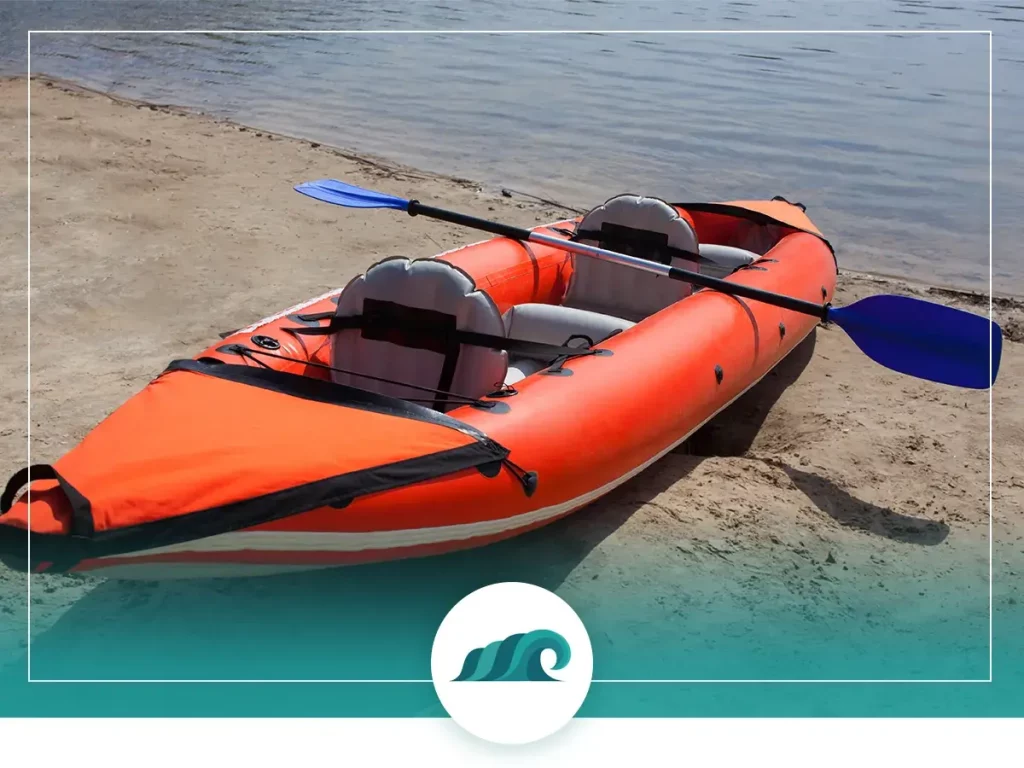
While they’re pretty great, inflatables aren’t perfect. They also have several drawbacks when compared with hard-sided kayaks.
Setup & Take Down
As you might expect, setting up an inflatable takes longer than a hard-sided kayak. Inflating a kayak can take anywhere between 5 and 10 minutes if you’re using a foot pump. If you’re using an electric pump, it’ll take significantly less time. Before you shove off, you’ll also want to make sure all the inflatable portions are fully inflated and sealed, and no leaks have developed.
When it’s time to head back home, you’ll also need to deflate the craft and dry it out. Deflating doesn’t take long, but drying off the craft before packing it up can take a while. If you don’t dry off the PVC or vinyl and pack it up while it’s still wet, it can develop a nasty mildew odor that no one wants.
Wind & Waves
As their generally larger and lighter than their hard-bodied counterparts, inflatables tend to catch the wind and get pushed around by waves to a greater degree. If you’re paddling or fishing in windy conditions, this can be a serious pain. Make sure to bring a decent kayak anchor or drift sock so you can prevent your craft from being pushed around excessively.
Some inflatables also come with optional skegs and rudders that improve your crafts tracking in rougher water.
Performance
Lastly, even though they’ve come a long way in recent years, inflatables generally can’t perform at the same level as high-end carbon fiber or composite kayaks. High end touring kayaks will have superior speed, tracking, and overall performance than inflatables.
This generally isn’t an issue though, as most inflatables are geared towards recreational, fishing, and whitewater use.
How Durable are Inflatable Kayaks?
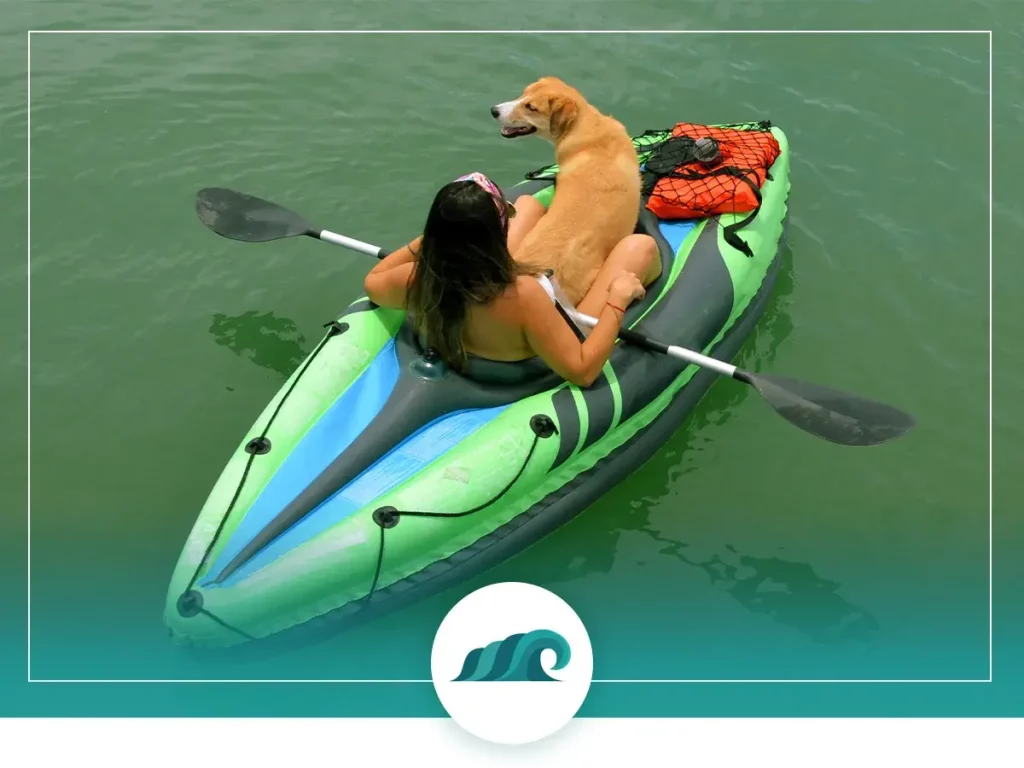
So, how durable are inflatable kayaks?
The answer depends on the exact kayak, but most decent inflatables feature multiple layers of PVC or vinyl – making them highly durable – and safe to use around rocks, fallen logs, and other hazards. Higher-end models will use advanced materials like Hypalon or Nitrylon – making them nearly indestructible.
Single layered inflatables (typically found on cheaper $100 – $200 craft) are less durable and can form punctures fairly easily if you’re not careful with them.
Higher-end inflatables will utilize drop stitching and heat-welded seams to create a rock-solid structure that won’t come apart over time. Glued seams don’t have the same level of durability as welded ones, so they generally won’t last as long.
Are Inflatable Kayaks Safe?
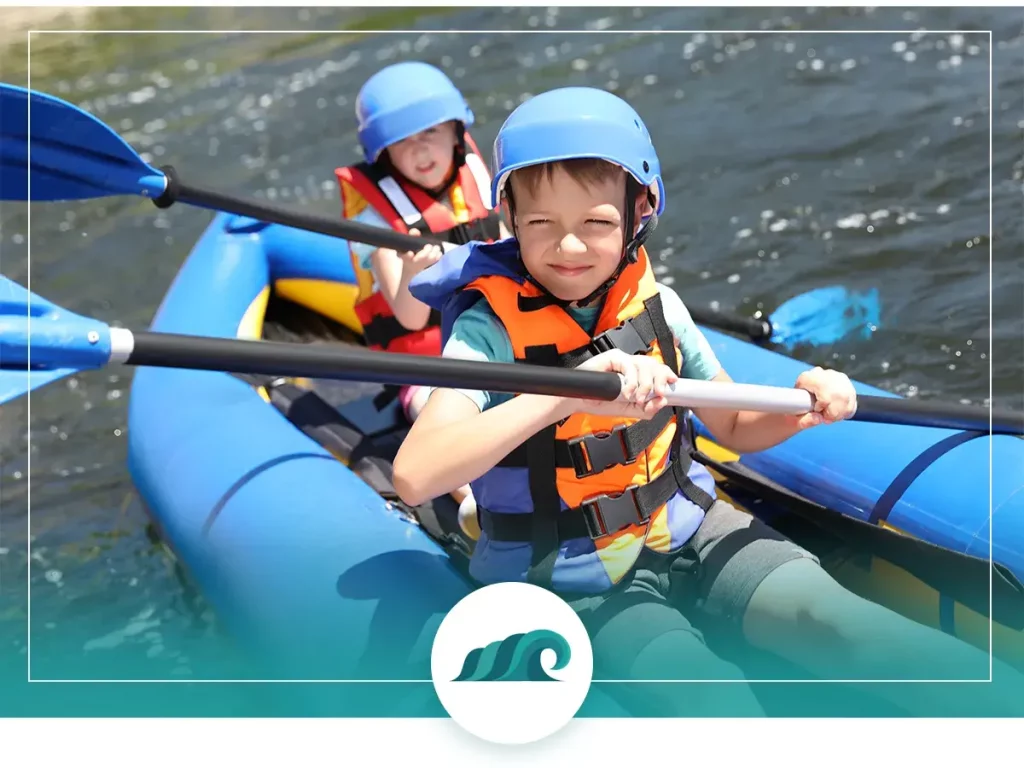
Another question often asked by kayakers interested in inflatables is: are inflatable kayaks safe?
The answer is yes, inflatable kayaks are just as safe as their hard-sided counterparts.
Of course, you should keep in mind a kayak’s intended use before heading out on the water. Taking a cheapo single-layer inflatable out on a long ocean paddle is a recipe for disaster. However, as long as you stay within reason, using an inflatable kayak in place of a hard-sided one is completely safe. Also, make sure to bring a patch kit along with you on any longer trips.
In case you capsize, inflatables are actually easier to flip over and get back in than sit-inside kayaks.
How Long Do Inflatable Kayaks Last?
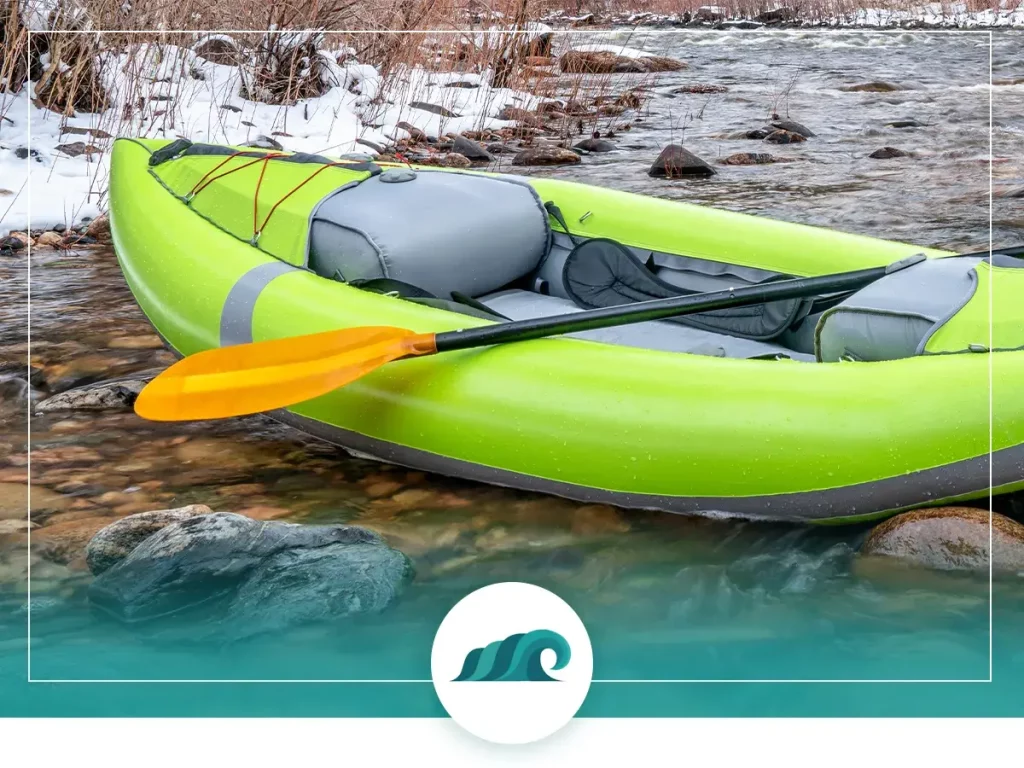
This will vary widely depending on the kayak’s construction, how often you use it, and how well you take care of it. In the case of a well-made high-end inflatable, you can expect to get 20+ years of good use out of one. As long as your vigilant about rinsing and drying off after saltwater use, and storing away from direct sunlight, you’ll get many years of use out of your craft.
Cheap single-layer inflatables obviously won’t last that long. In my experience tend to form leaks within a year or so. If you want a cheap craft to cruise around the lake in, then they can be a good option. Just don’t expect a lifetime of use out of them.
Inflatable Kayak Brands
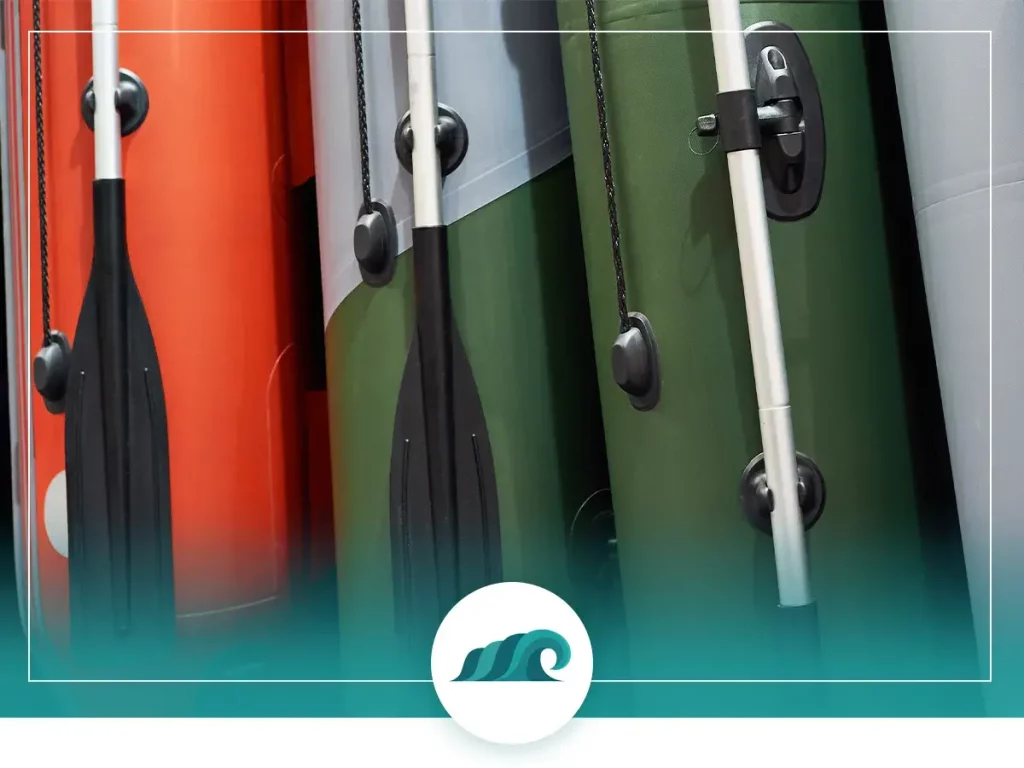
If you’re considering buying an inflatable kayak, you’ll want to be sure you’re getting a well-made product from a reputable manufacturer. This is not the place to skimp on quality to save a few bucks.
The manufacturers below are some of the best on the market, and are recommended for anyone looking to take the leap to inflatables:
- Sea Eagle: Sea Eagle has been a top player in the inflatable world for more than 50 years, and makes some of the best inflatables you can get for the money. They make a wide range of inflatables in different price ranges including canoes, kayaks, fishing boats, runabouts, and SUP’s.
- Aire: Aire manufacture higher-end rafts, kayaks, catarafts, and SUP’s – and offer some of the best performing whitewater craft on the market. They manufacture all of their products in Meridian, Idaho, USA, and offer a ten-year no-fault warranty on their products.
- Aquaglide: Aquaglide makes a mix of different inflatable kayaks. They have kayaks designed for fishing, touring, white water, as well as recreational models.
- Advanced Elements: Advanced Elements are a relative newcomer to the inflatable game – but make some of the most innovative recreational and fishing inflatables on the market. They offer several excellent ‘hybrid’ boats, that combine an inflatable with a rigid aluminum frame.
- Intex: Intex is a massive inflatable manufacturer and makes everything from airbeds to above-ground pools to kayaks and rafts. They make a variety of different craft from budget recreational kayaks like the Excursion K2 to their top-of-the-line Excursion Pro that offers excellent performance and value.

